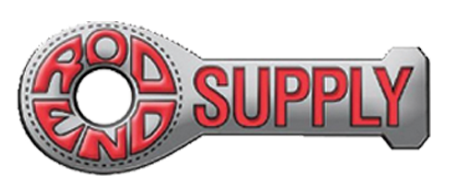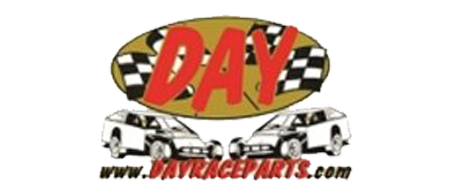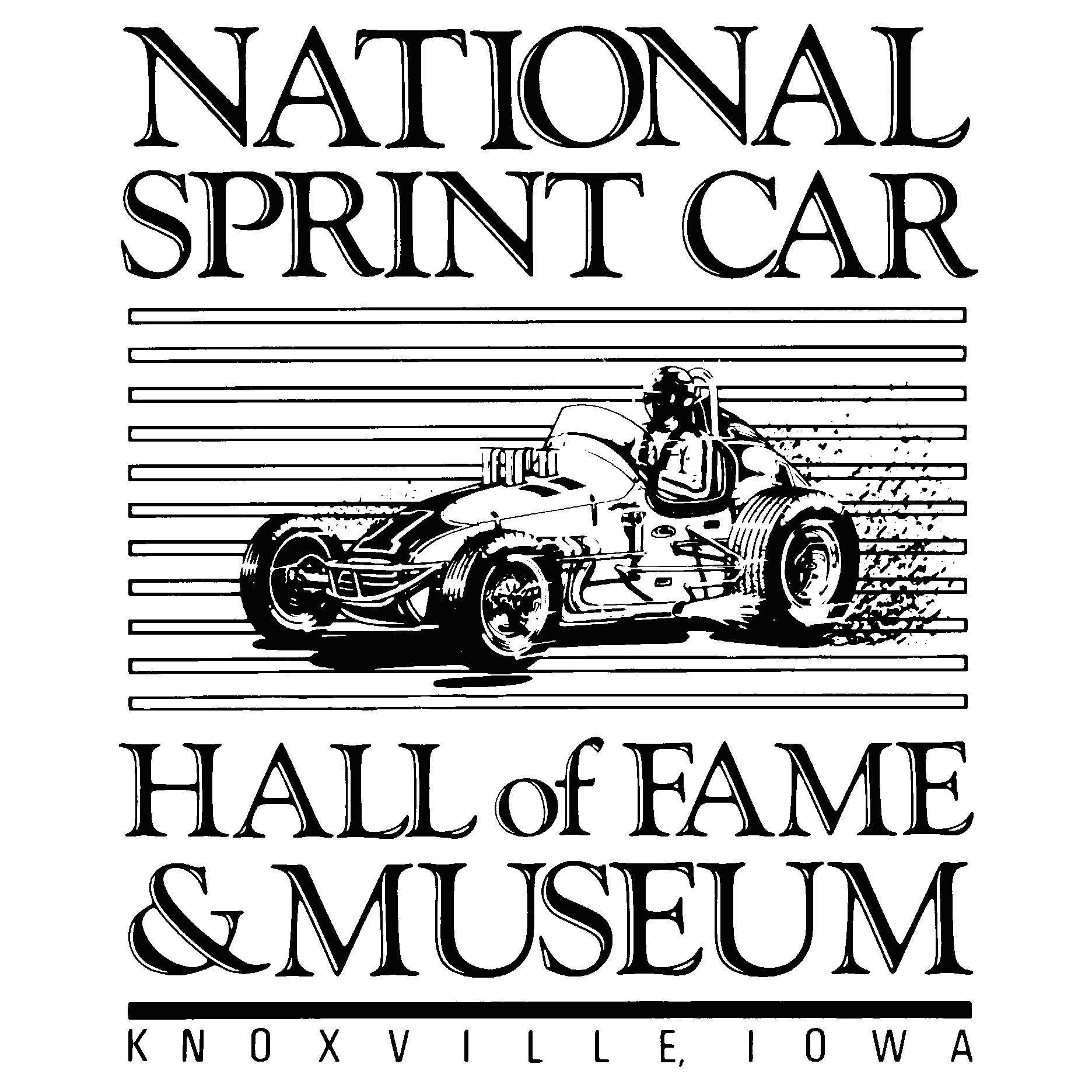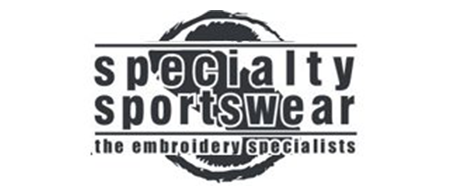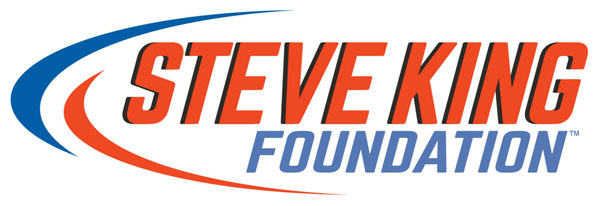Will Martinsville tire test make short-track racing better?
Photo by Courtesy of Toyota Racing
Goodyear Racing has the unenviable task of trying to please the NASCAR Cup paddock throughout the development of a new tire to accompany what was originally called the Next Gen car.
In August of 2019, word leaked that different tires would need to be developed to accommodate the new 18-inch wheels. Austin Dillon tested the new car at Richmond that October, and it has been a work in progress ever since.
Two years, and a pandemic later, NASCAR is 15 races into the competitive life of the new car. The racing product is the best it has ever been on intermediate tracks. But venues of a mile or less—with the exception of the Busch Clash at the LA Coliseum—have been lackluster at best.
Unfortunately, the Martinsville Speedway Cup race—one of the most anticipated events of the season—did not live up to its thrill-show reputation forged over the past 75 years. Temperatures were below normal, and the tire selected for the race had a very low fall-off rate.
So NASCAR is going back to the drawing board for a two-day tire test later this month. Austin Cindric, Tyler Reddick and Kyle Busch will participate in the exercise scheduled for June 22-23.
Busch’s biggest frustration with the new car is what he perceives as an inability to pass in traffic.
“This car is worse in traffic than the previous car,” Busch said. “I feel like all of the underbody stuff is not at all what we anticipated it to be. The cars drive fun. They are good. The pleasant part of it is that they drive good when they are by themselves, and they have full air. If what we were striving to do was to better with cars in traffic, we did not do that.
“That’s kind of what I feel like has been the biggest struggle in myself and around my team is some of that, so what do you do to fix that? I don’t know…I’ve been highly politicking to take all of the underbody off and let us go make a couple of runs with that and see what we can figure out with that. It would also save the team owners a heck of a lot of money if we trashed those components and went on without them from here on out. It wouldn’t hurt my feelings.”
When it comes to tires, the drivers are like Goldilocks: This tire is too hard. This tire is too soft. But seldom do the competitors say, “This tire is just right.” Busch would like to see more fall-off on the tires—particularly at Martinsville.
“Yes, I believe that tires being the name of the game—that’s the first thing that touches the pavement—it’s very important,” Busch said. “I’ve been slated to do the Martinsville test, so I hope that I can do my due diligence and do my job to help with that product and make that what it needs to be.
“But I also need help around me with the decision makers in our industry to listen to input and be able to utilize that to understand what will make a good race.”
When Goodyear developed the original Next Gen Martinsville tire for the April race, the challenge was to create a tire with robust construction to withstand the bigger brakes used in the tight, hairpin turns, along with the rapid acceleration off of the corners. Although Goodyear prepared for the cooler conditions, the tire maker didn’t anticipate the mix of rain and snow that preceded the race. Any expectations of rubbering in a lower groove quickly disappeared.
“Martinsville is always a unique racetrack with the asphalt straightaways and tight concrete corners,” said Greg Stucker, Goodyear’s Director of Racing. “Historically, we've done a lot of work on trying to get a tire that gets ahold of the concrete, and I think the tire that we have at Martinsville does a good job. We're just trying to see if we can improve it. Without a doubt, cooler temperatures kind of aggravated that situation a little bit.
“One thing we're looking at is we actually went softer on the left for the Next Gen car than what we've run there in the past—and that came out of our Bowman Gray tests that we had in preparation for the Colosseum. One of the things we're thinking is, we might actually have a little too much grip for them, particularly on the left side, and you just kept everybody on the bottom of the racetrack, right? Obviously, to improve the racing, you want people to be able to move up and get off the bottom.”
Goodyear will test a variety of combinations to find the characteristics they’re searching for during both the dry and wet-track testing exercises. NASCAR also has a checklist for the test in an effort to improve the short-track package before the Cup teams return for an organizational test later in the year. NASCAR wants to ensure that both Goodyear and the teams are working within ideal parameters.
“We know we're going to be going there in June—and the spring race is obviously earlier than that—but we can still do a lot of relative comparisons and try to see if we can't find something that may be a better match for this race car,” Stucker said.
Certainly, the pressure that NASCAR feels to make the latest generation car a success filters down to the manufacturers and suppliers. Teams are still scrambling to acquire enough parts and pieces to feel comfortable in an era where supply chain issues can spin out the most seasoned crew chief.
Goodyear has experienced its share of challenges, not only redesigning a tire that has fit a 15-inch wheel for decades but also scrambling to adjust its product when NASCAR makes changes to the car.
“The biggest thing is you know the evolution of the car, right,” Stucker said. “Once the cars got into the hands of the teams and they started testing late last year then the development curve ramped up pretty quickly. And now, it's ramped up even quicker as we start to race.
“Any new car is like that, things evolve.Teams try things and make developments, so the car we're racing today is different than what we raced early in the year. That's the challenge for all of us is to stay in tune with the whole car, their setups as they develop and that's one thing we kind of built into our plan. We made sure we didn't get too terribly far ahead of production because we knew the car would evolve. We knew that changes would happen as the teams develop the car.
“So we just want to make sure we have the flexibility to adjust as we see things, as NASCAR sees things, and make adjustments as we need to, so it's just being nimble on your feet and just make sure that we're as nimble as the teams are.”

.png)
